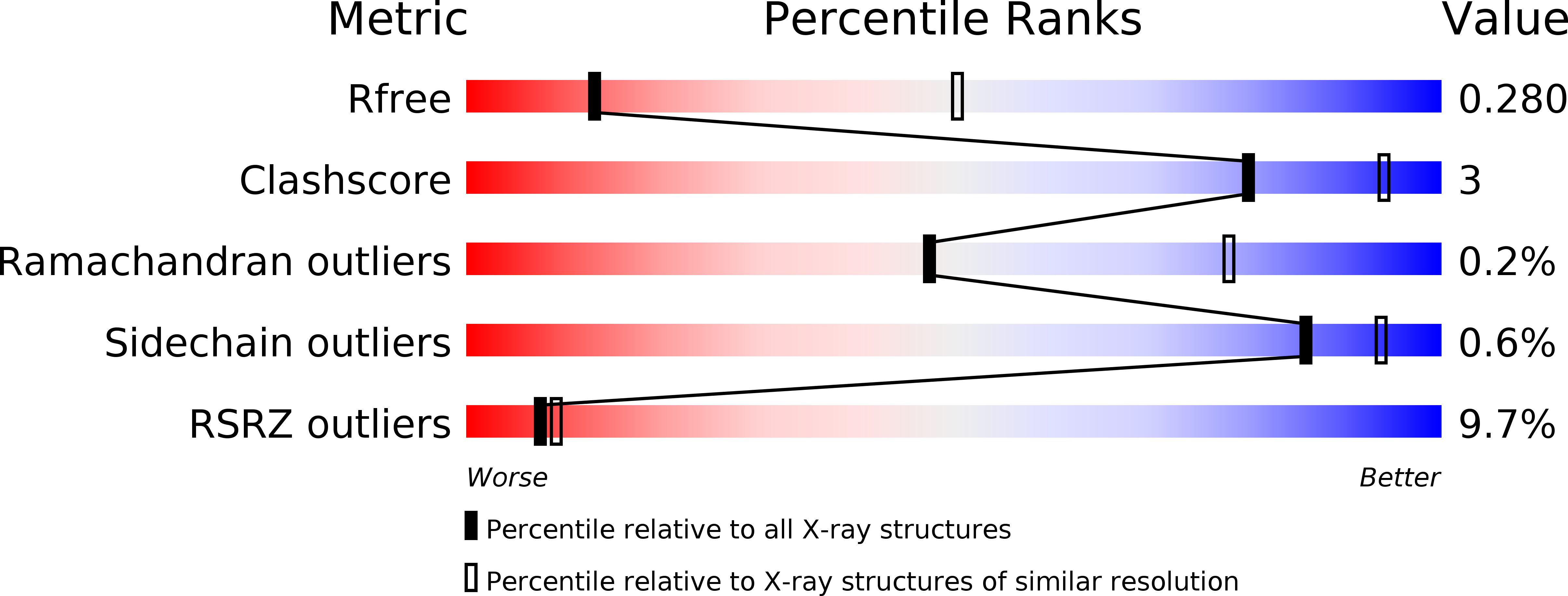
Deposition Date
2013-05-28
Release Date
2013-09-25
Last Version Date
2023-12-20
Entry Detail
PDB ID:
4BPX
Keywords:
Title:
Crystal structure of human primase in complex with the primase- binding motif of DNA polymerase alpha
Biological Source:
Source Organism:
HOMO SAPIENS (Taxon ID: 9606)
Host Organism:
Method Details:
Experimental Method:
Resolution:
3.40 Å
R-Value Free:
0.26
R-Value Work:
0.23
R-Value Observed:
0.23
Space Group:
P 1 21 1


